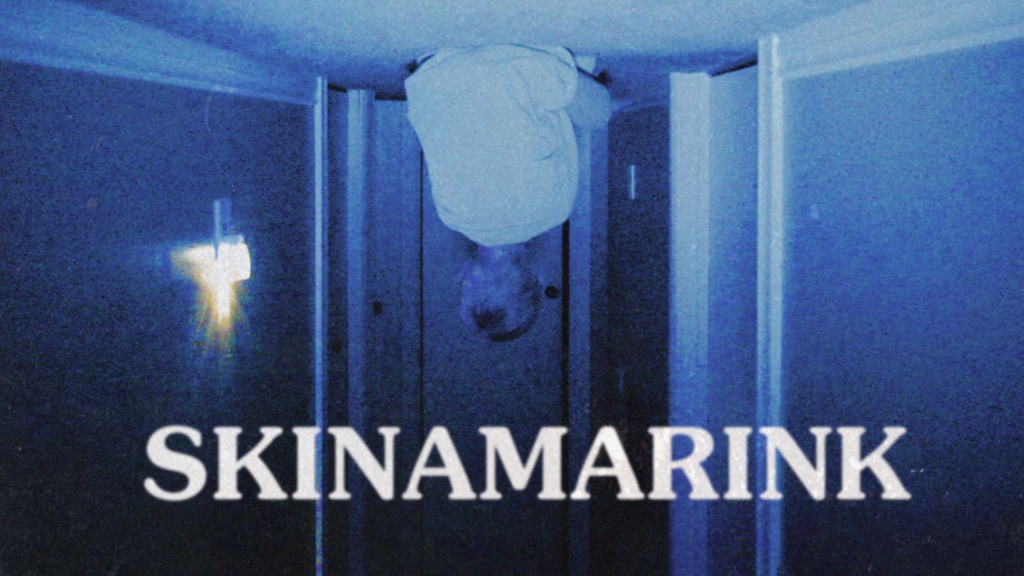
c/o Variety
I’m a huge fan of analog horror. A loose offshoot of found footage films, analog horror aims to provide viewers with a story they must piece together for themselves. As the name suggests, it depicts events non-linearly, through a series of seemingly arbitrary videos one would find on an analog video device. It’s a relatively new phenomenon that exploded in the YouTube scene with great series such as “The Mandela Catalogue,” “Gemini Home Entertainment,” and “Local 58.”
It may not be for everyone, but this is certainly one of my favorite forms of experimental horror. The concept intrigued me when I discovered it about a year ago, and I think if the right person is at the helm, it can lead to some of the scariest projects imaginable. That being said, genres can very easily fall into a pit of derivative works, and analog horror is no exception to this. However, that doesn’t stop talented creators, like those working on “Skinamarink,” (2022) from putting genuine effort into new stories and finding new directions to take the genre.
The film is directed by Kyle Edward Ball, creator of the YouTube channel Bitesized Nightmares. Ball has been creating horror shorts for almost six years, concentrating on short projects that aim to depict the feeling of having a nightmare, whatever the topic may be. Instead of being gratuitous pulp, Ball’s short films, while not for the faint of heart, display real love and passion for the content he produces.
The premise was enough to hook me. A brother and sister wake up in the middle of the night. They leave their bedroom to find that their father is missing, and every single window and door to the outside world is gone—not fading or crumbling, but completely vanished. The following hour and 40 minutes of the film’s runtime is spent on lingering grainy shots of the kids’ house, walls, television, and various surfaces. Every now and then, a distorted voice might speak, and you may see a figure hiding in the background. It’s this lingering sense of dread contrasted with hope that the children will stay safe that drives the film.
What intrigued me most about “Skinamarink” was the divided response surrounding its release. On one side, you had people saying it was the most boring movie ever made, with a heavy reliance on cheap jump scares. The other side claimed it to be a masterpiece of abstract horror. I find myself leaning more towards the latter, as the film did click with me surprisingly well, despite having some notable faults. But for the most part, I felt that “Skinamarink” had plenty of the things I love about horror: ambiance, spooky houses, and not having a clue what’s going on.
Despite there being one or two jump scares throughout the movie, the scariest moments come in the form of occasional lines of dialogue. With such minimal speaking throughout, when the dialogue finally does appear, it’s jarring. When an unseen distorted voice in the darkness speaks, the words themselves have truly disturbing implications for the two children and gave me a frightening experience I still haven’t forgotten.
The entire movie is essentially one hour and 40 minutes of shots of furniture, which will certainly turn off many who watch it. Not everyone will find this scary. In fact, this film is highly subjective and dependent on the viewer’s experience, more so than most other films. If you didn’t feel like the experience grabbed you, “Skinamarink” probably did not click, and I completely understand why. If one person finds it boring and the other frightening, both are completely valid. There’s no clear plot structure or story to latch onto and analyze, so whether it’s good or not will come down to you.
While watching the film, I found that there were several moments when I wished the final product had been trimmed down. The second half has great pacing, but the first half contains moments that don’t need to be as long as they are. The television in the movie had a constant stream of 1920s and 1930s cartoons playing, and this added a good amount of ambiance to the surroundings of the house. However, when the cartoons weren’t playing, I found myself wanting to skip the next minute of silence.
Whether you like “Skinamarink” or not, you have to admire the success of such an abnormal project. Ball made the film on a budget of $15,000, and it grossed over $2 million. We should respect that such an abstract movie is getting as much attention and money as it is, and all this money is going to a guy who loves making new types of movies.
If you ever decide to watch “Skinamarink,” I recommend watching it on a Friday night at 1:00 a.m. with the lights off. The movie is super immersive, and watching alone will only lead to a better experience.
Nate Wheeler can be reached at nwheeler@wesleyan.edu.
Comments are closed